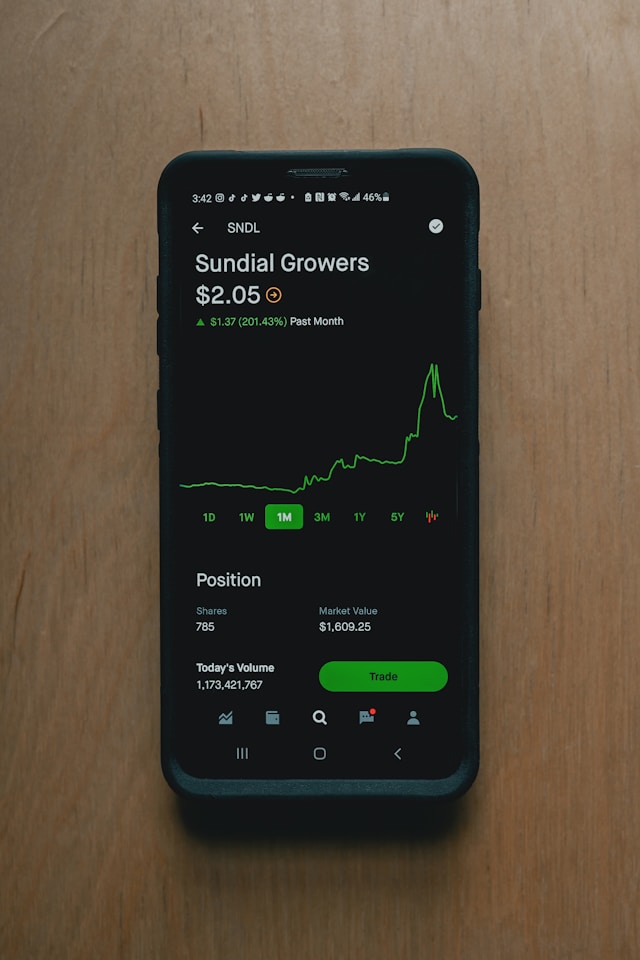
Fed Poised for Rate Cut: Will the Pace Continue?
London: 6 November 2024 (TraderMade): The Federal Reserve meets tomorrow, with a widely anticipated rate cut on the agenda. But will the central bank signal further easing in the months ahead?
The Federal Open Market Committee (FOMC) convenes tomorrow, 7 November 2024, for a highly anticipated policy decision. Following aggressive tightening to combat inflation, the Fed is expected to pivot towards easing monetary policy. However, the size of the rate cut and the central bank's outlook on future adjustments remain key questions for market participants.
Key Takeaways
- The Fed is expected to cut interest rates by 25 basis points tomorrow.
- Easing inflation pressures and concerns about slowing growth are driving the policy shift.
- The central bank's forward guidance on future rate cuts will be closely scrutinized.
- The outcome of the US election could influence the Fed's long-term monetary policy trajectory.
Shifting Gears: From Fighting Inflation to Supporting Growth
After months of raising interest rates to cool down the surging inflation, the Fed seems to be changing course. Recent economic data shows inflation moderating, with September figures dropping to 2.4%.
This, coupled with concerns about a potential economic slowdown, has paved the way for a shift towards a more accommodative monetary policy.
Market Forecasts a Quarter-Point Cut, But What's Next?
Financial markets are almost universally expecting a 25 basis point rate cut, bringing the federal funds rate down to a target range of 4.5% to 4.75%. This would be the second rate cut this year, following a similar move in September.
Summary
While a rate cut tomorrow seems almost certain, the real question is whether this marks the start of a sustained easing cycle. The Fed's post-meeting statement and Chair Powell's press conference will be crucial in understanding the central bank's outlook on inflation, economic growth, and the future path of interest rates. The November election results might also play a role in shaping the Fed's long-term monetary policy direction.



